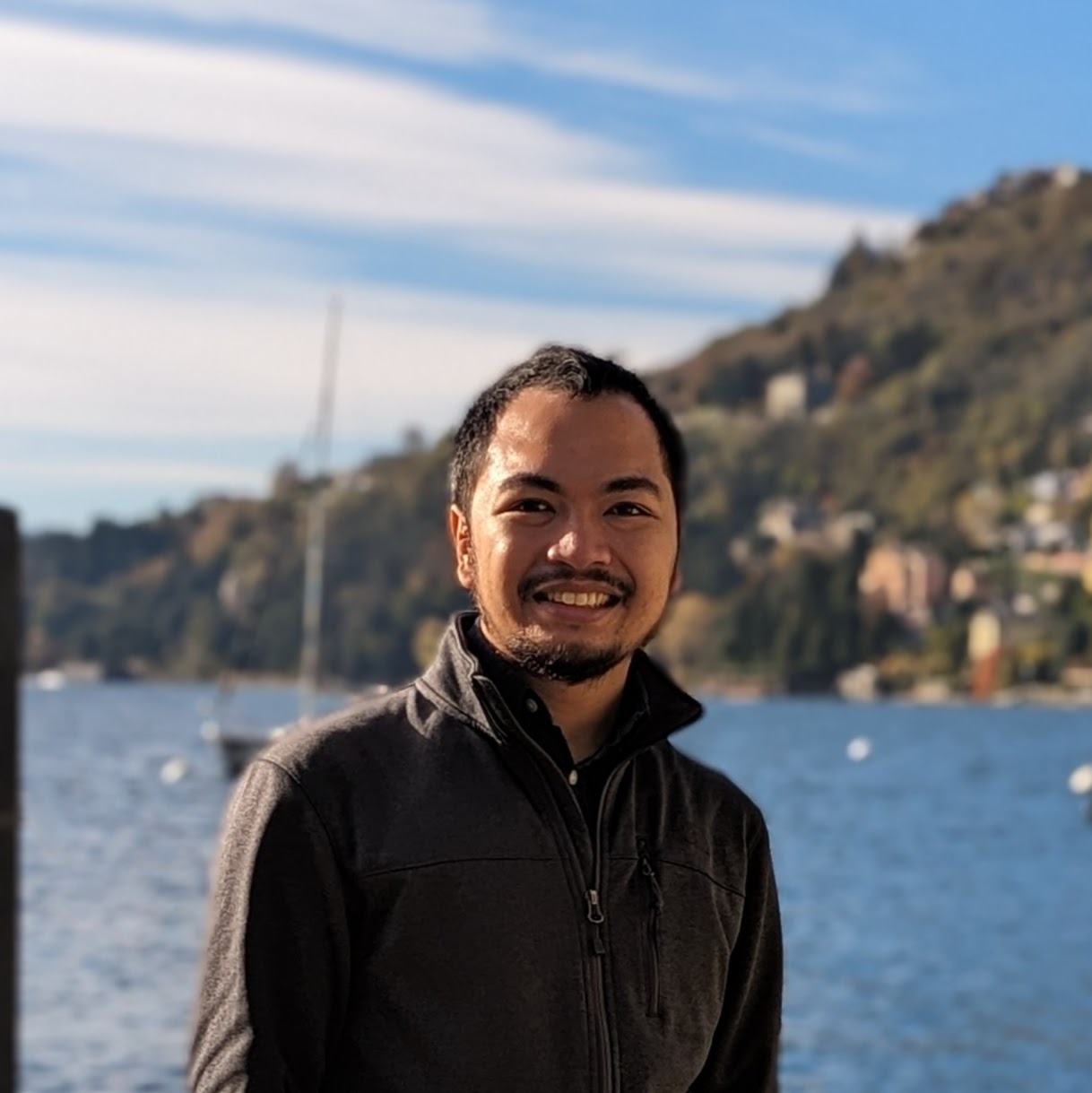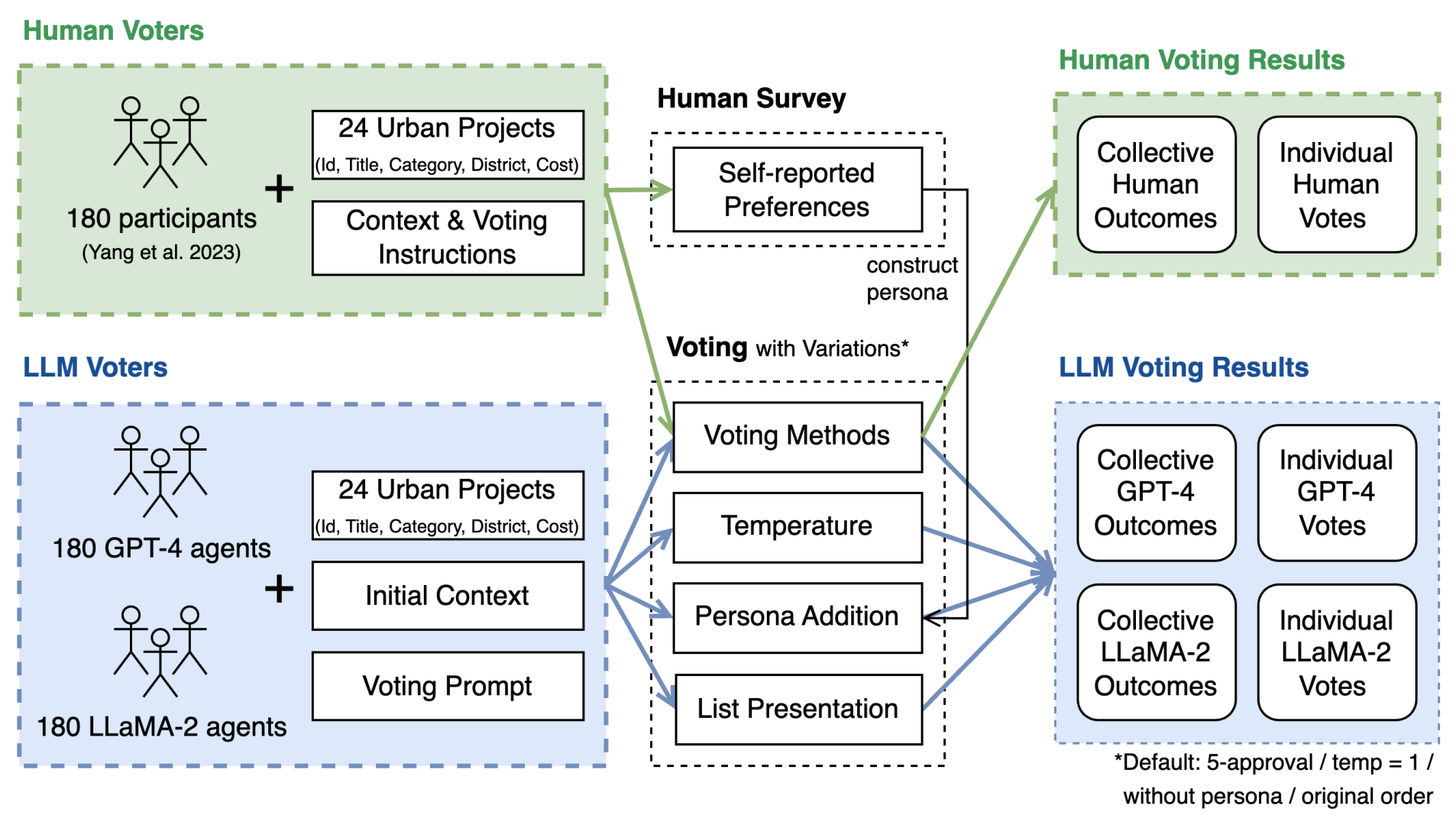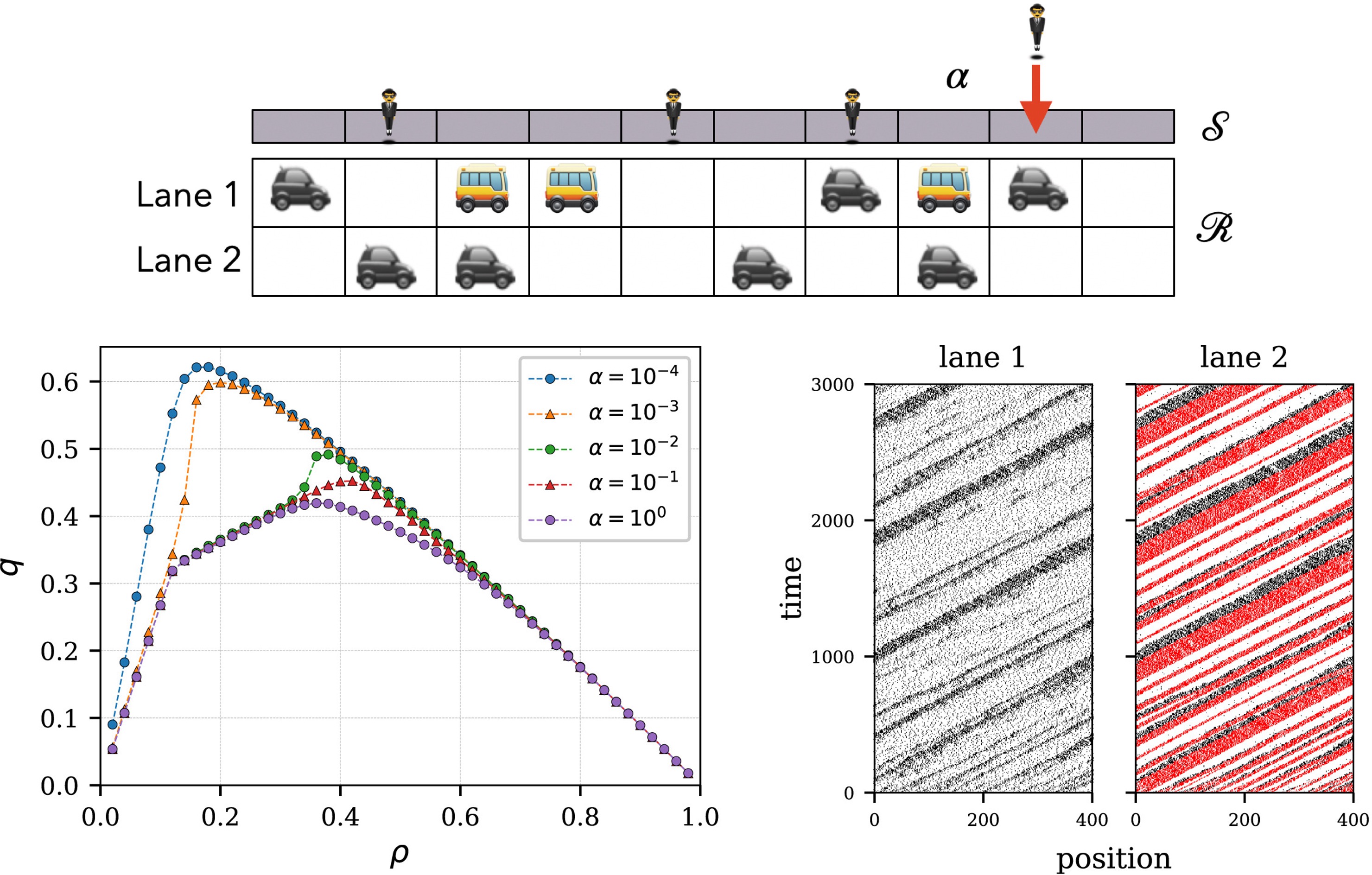Damian Dailisan
Physics. Transportation. Data Science. Machine Learning.

STD-F
Stampfenbachstrasse 48
8092 Zurich
I am currently a postdoctoral researcher in Computational Social Science chair at ETH Zürich. Previously, I also worked as a data scientist at the Analytics, Computing, and Complex Systems lab (ACCeSs@AIM). In 2021, I received a Ph.D. in Physics from the University of the Philippines, where my research focused on using computational simulations to study driving behavior in traffic models, and machine learning applications for traffic-related research. My current research interests lie in the intersection of machine learning and artificial intelligence applied to multi-agent systems, including (but not limited to) traffic and transportation.
news
| Feb 14, 2025 | I am presenting a talk on “Democratizing Traffic Signal Control” at the Back to the Future workshop at ETH Zurich! |
|---|---|
| Oct 01, 2022 | I am joining the Computational Social Science group at ETH Zürich! |
latest posts
| Jun 03, 2016 | Is complexity science... science? |
|---|---|
| May 01, 2016 | Evolution of a network |
| Apr 13, 2016 | Earthquake Networks |
selected publications
-
 Democratizing traffic control in smart citiesTransportation Research Part C: Emerging Technologies, Mar 2024
Democratizing traffic control in smart citiesTransportation Research Part C: Emerging Technologies, Mar 2024 -
 LLM Voting: Human Choices and AI Collective Decision-MakingProceedings of the AAAI/ACM Conference on AI, Ethics, and Society, Oct 2024
LLM Voting: Human Choices and AI Collective Decision-MakingProceedings of the AAAI/ACM Conference on AI, Ethics, and Society, Oct 2024 - How well do reinforcement learning approaches cope with disruptions? The case of traffic signal controlIEEE Access, Oct 2023
-
-
